Blog content updated on 11/10/2021
When Peter and Joyce Hill wanted to buy a home in a community for people 55 and older in an area they had always admired in Lancaster County, Pa., they used a reverse mortgage to finance their goals.
“A reverse mortgage gave us the option to build what we wanted,” said Peter Hill, 79, who retired two years ago from a career in telecom engineering. “That appealed to us.”
In the early years of the program, reverse mortgages received bad press due to the actions of some overzealous lenders. This helped spread misunderstanding and misinformation about the program—with myths such as “the bank owns your home” and “don’t do it unless you’re desperate” becoming commonplace.
But thanks in part to program improvements designed to help protect borrowers, reverse mortgages are making a comeback, as explained in a New York Times article.
For example, financial assessment guidelines were added that significantly reduced loan defaults due to non-payment of property taxes, insurance, and HOA dues. Plus, independent counseling is required to make sure borrowers fully understand their options and responsibilities. As a result, many retirees and their financial advisors are discovering that a reverse mortgage can be an integral part of their overall retirement plan.
Here’s the truth about reverse mortgages.
A Home Equity Conversion Mortgage (HECM), commonly known as a reverse mortgage, is a loan specifically designed to help homeowners aged 62 and older access a portion of the equity in their homes to help increase their cashflow in retirement.
When you take out a reverse mortgage, you continue to live in and retain full ownership of your home. Just like a regular mortgage, there’s a lien put on the property by the lender, and the loan must be repaid with interest eventually—but here’s what puts the “reverse” in reverse mortgage:
The proceeds are first used to pay off anything remaining on your existing mortgage, so you relieve yourself of that financial burden. And unlike a regular mortgage, there are no monthly mortgage payments required.* Pay as much or as little as you like each month—or even skip payments entirely, as long as you continue to pay property taxes, home insurance, and home maintenance. The loan doesn’t come due until the last borrower leaves the home, and is often repaid through the sale of the home.
Real stories of how people are using reverse mortgages.
You can choose to take the loan proceeds a lump sum of cash, monthly payments, a line of credit, or any combination—and use the money in any way you wish.
Since the HECM program debuted in 1989, more than a million American families have taken advantage of the equity they’ve built in their homes with a reverse mortgage. Here are some examples of how real borrowers have successfully used them to help meet their retirement goals, from the National Reverse Mortgage Lenders Association:
Dealing with expected and unexpected expenses. The proceeds from a reverse mortgage helped Emmett and his wife Gwendolyn move from a skilled-care facility back into their home, and secure 24-hour-a-day dementia care for her. This gave them both the comfort of living in their own home, while ensuring that Gwendolyn received the care she needed. The reverse mortgage also helped cover renovation and replacement costs when a 2016 storm flooded the house.
Eliminating monthly payments and preparing for the future. Mary Jackson had heard the myths about reverse mortgages, too. But she kept researching—and after digging deeper, she found that while a reverse mortgage may not be right for everyone, it was exactly what she needed. Once it became difficult to pay her traditional mortgage after the passing of her husband, she used a reverse mortgage to pay it off and eliminate monthly mortgage payments. She was even able to use the reverse mortgage to set aside money to ensure that her property taxes and home insurance will be paid for the next several years.
Staying in the home they love. Henry and Lily thought they would have to sell their beloved home—where they had raised their children and stored a life’s worth of memories—to solve their financial challenges. Henry was forced to work into his 70s, because Social Security just wouldn’t have been enough to keep up with living expenses, credit card debts, and medical costs. A reverse mortgage allowed them to pay off their bills, plus an existing car loan and traditional home equity loan. They even had enough equity to set up a line of credit, so they have funds available for future needs that arise.
Why now is a great time to consider a reverse mortgage.
For many older adult homeowners, home equity is their single largest asset—but sadly, many don’t even know that the option exists to tap into that financial resource to help them live the retirement they imagine. Plus, with today’s record-high home values and record-low interest rates, there may never be a better time for retirees to maximize the available proceeds from reverse mortgages.
To read the full New York Times article about the comeback of reverse mortgages, click here. Don’t have a subscription? You can download the article here. (link to come)
To learn more about reverse mortgages, talk to the experts at Longbridge at 855-523-4326—or fill out the form on this page for a free info kit.
Why Longbridge? See what our customers say about us.
* Real estate taxes, homeowners insurance, and property maintenance required.




